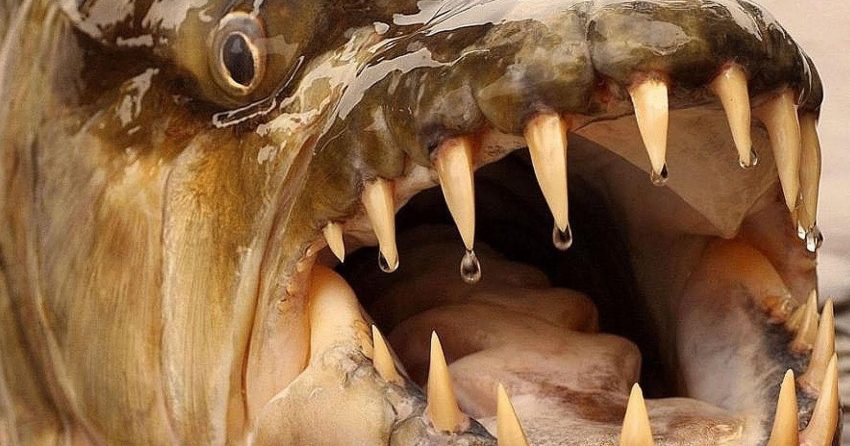The oceans are home to some of the harshest environments on Earth. As a result, the animals that live there have had to adapt in order to cope. Some of them you will have seen before via aquariums and documentaries. But those that live in the harder to reach places can be downright unbelievable. Here are just some of the world’s weirdest ocean creatures.
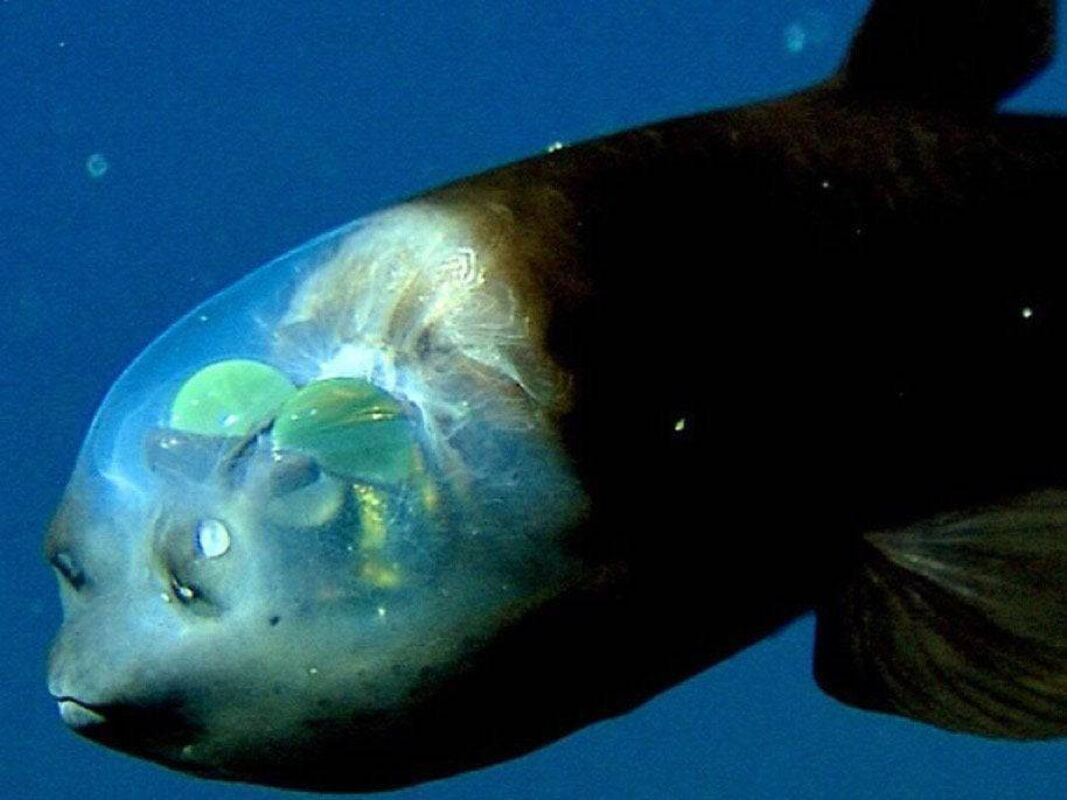
1. Barreleye Fish
The barreleye is a deep sea fish and can be found at depths between 400 and 2,500 m (1,300 to 8,200 ft). They have transparent heads and tubular eyes. The eyes are usually pointed upwards so that they are looking through the top of their head, which allows them to see the silhouettes of prey items from below. They can also shift their eyes into a forward-facing position when needed.
The fish’s head is dome-shaped, which allows more light to enter the eyes. This is important in the dark void of the deep seas as it significantly improves their vision.
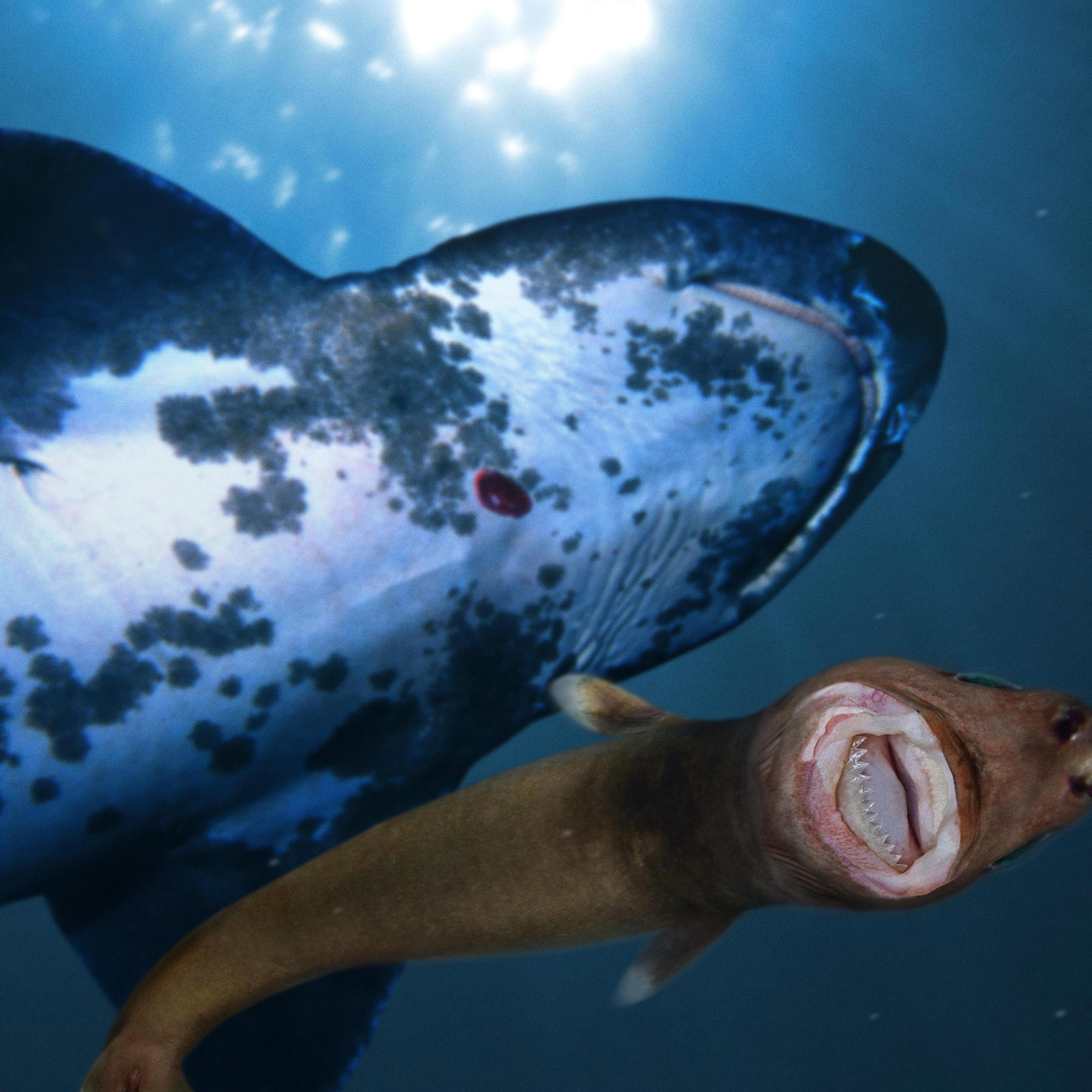
2. Cookiecutter Shark
The cookiecutter shark is a small shark species, only 50 cm (22 inches) in length. They live in warm oceanic waters and have been found at depths of 3.7 km (2.3 miles).
Despite their small size, they are able to prey on seals, dolphins, and even whales. They do this by latching on to their target and removing a round plug of flesh with their saw-like lower teeth. Hence how they got their name, cookie-cutter. They will very occasionally latch onto humans but are not considered dangerous as they only cause minor injuries. They can also hunt for other prey items, such as small squid, which they eat whole.
They are bioluminescent and emit a green glow from a band of photophores around their neck. This is how they attract their would-be predators, which they then prey on themselves.
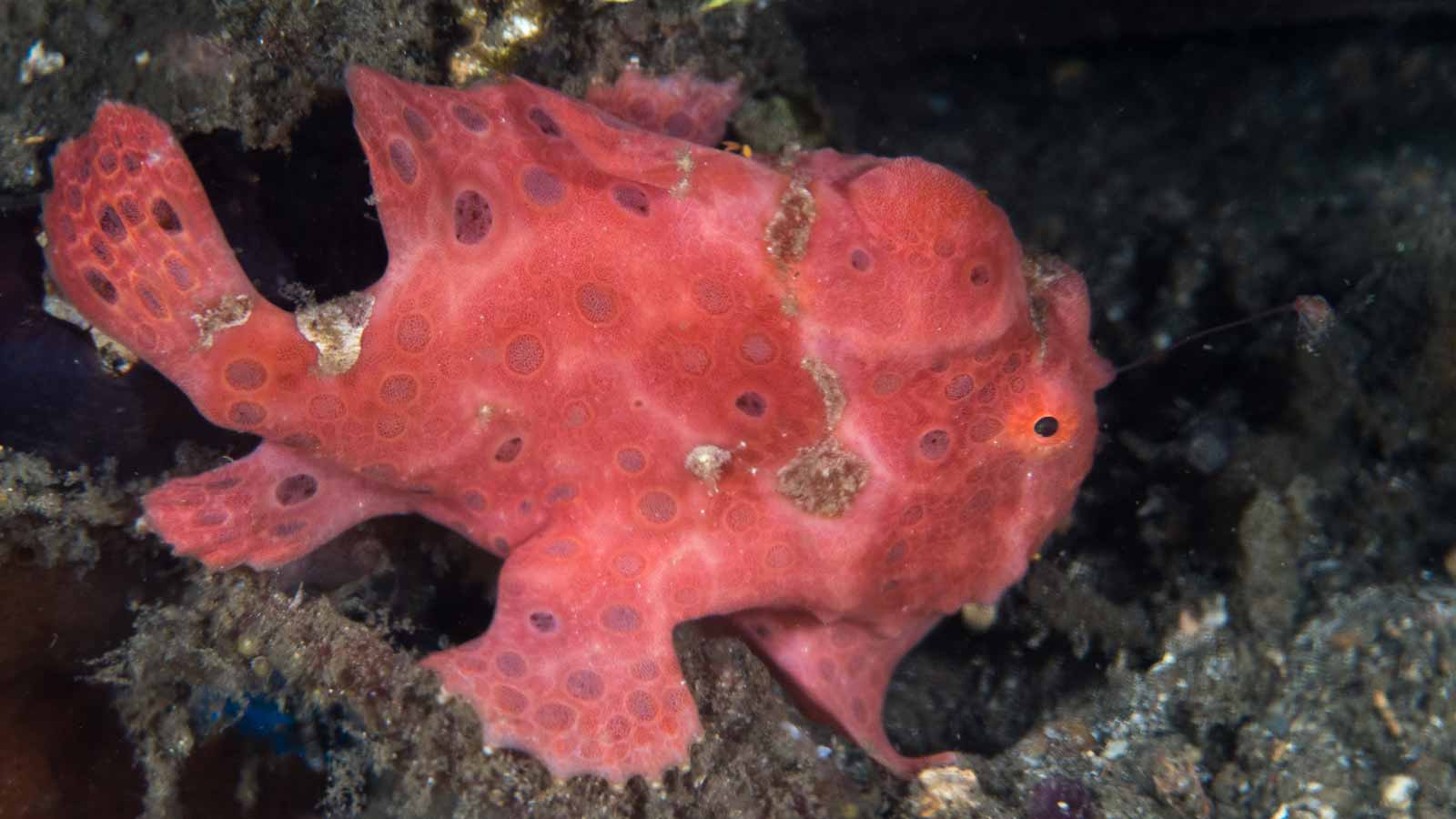
3. Frogfish
Frogfish are a type of anglerfish and can be found in almost all tropical and subtropical marine waters around the world. Like other anglerfish, they have a lure that they use for attracting prey.
They are masters of camouflage and their unusual appearance allows them to blend in with their environment. Some species resemble rocks or corals, while others mimic sponges or sea urchins. Many can even change colour to blend in better so that they won’t be spotted by their prey until it’s too late.
They don’t move around much and simply sit on the seafloor waiting for prey to come to them. When they do move, they are able to walk around using their strong, fleshy pectoral fins. They can even climb by grabbing strands of seaweed with these specialized fins.
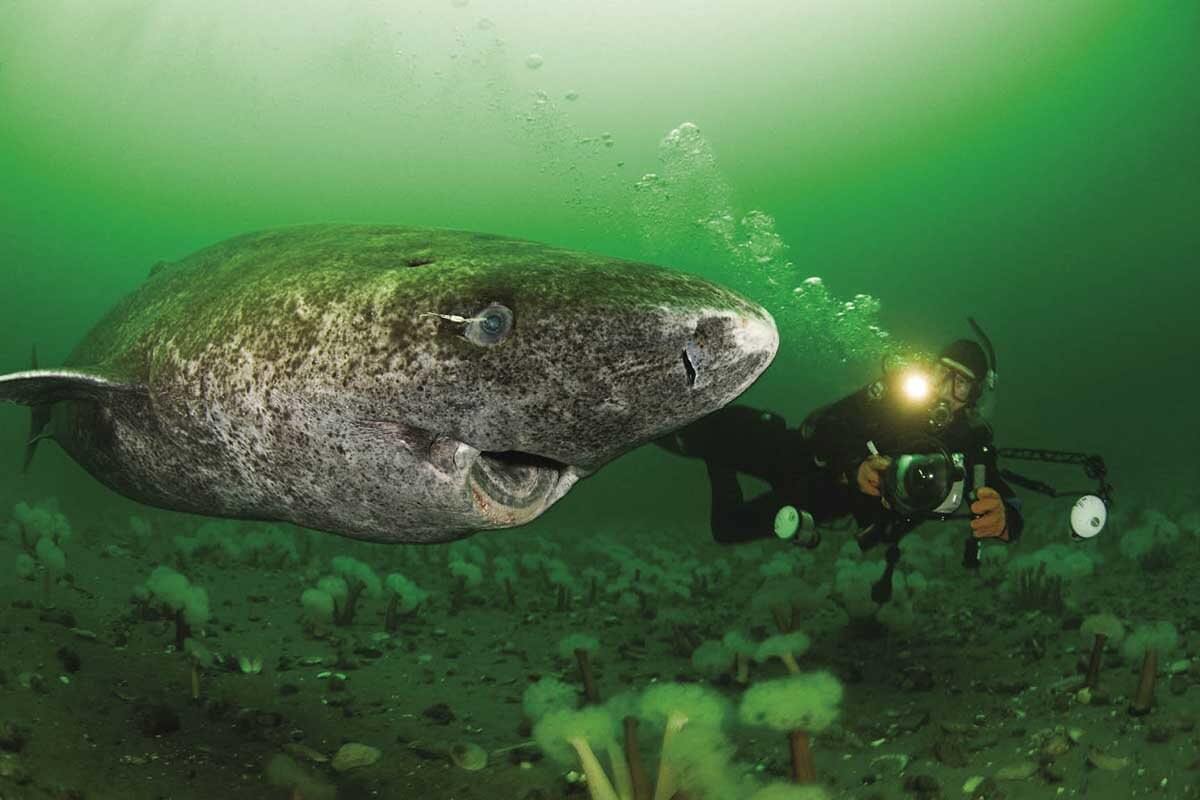
4. Greenland Shark
The Greenland shark is the longest-living vertebrate in the world, with a life expectancy of 400 years. They don’t even mature until they reach 150 years of age. They are native to Arctic waters and live at incredible depths. Their usual range is up to 1,500 m (4,900 ft), but they have been observed at 2,200 m (7,200 ft).
Their flesh is poisonous, containing high levels of urea and trimethylamine N-oxide. It is helpful to the shark, however, as it increases their buoyancy, acts as a natural antifreeze, and counteracts deep water pressure.
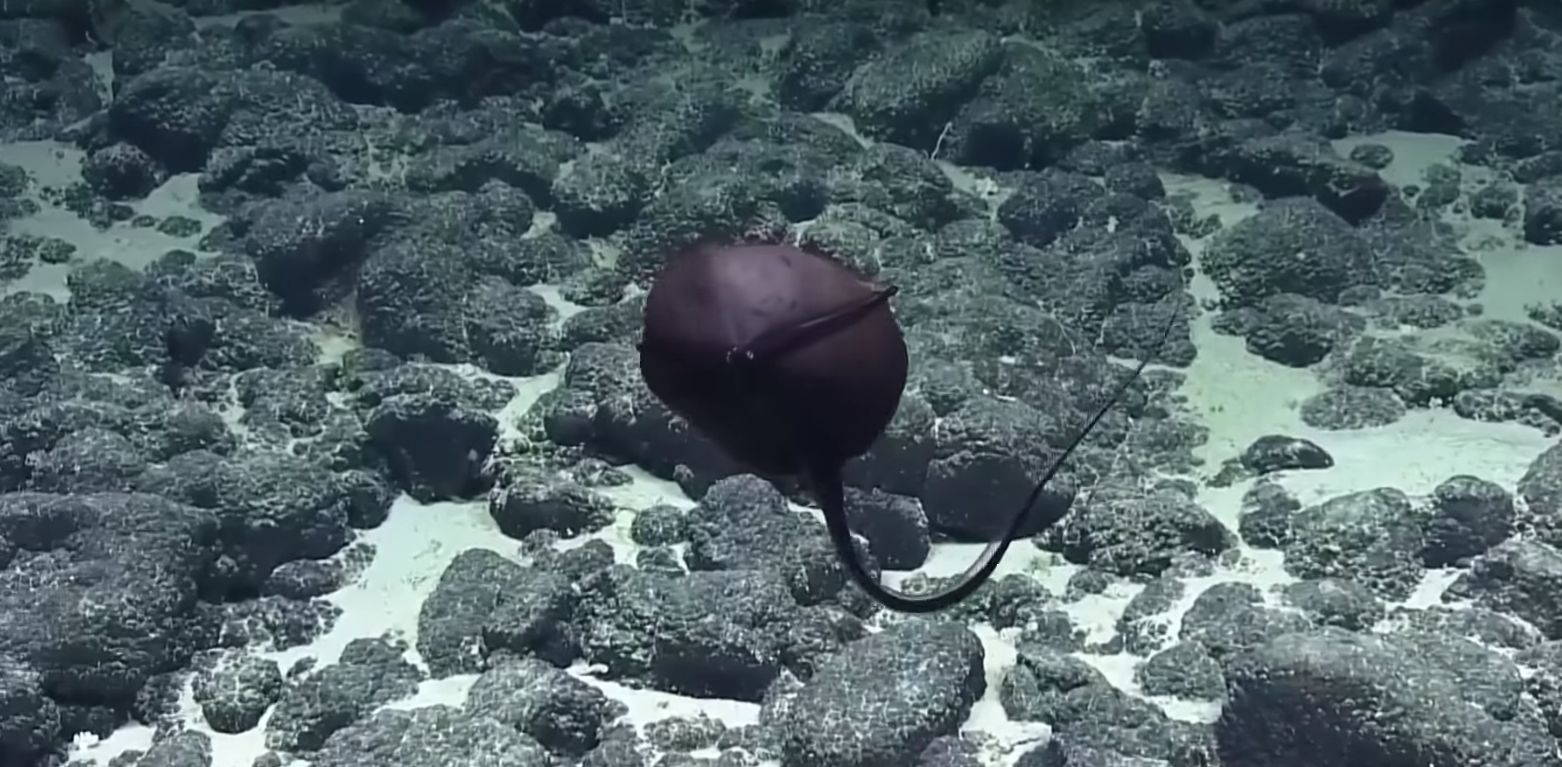
5. Gulper Eel
The gulper eel is a deep sea fish and lives at depths of 500 to 3,000 m (1,600 to 9,800 ft). Unlike most other fish, they have no pelvic fins, swim bladder, or scales. They also have V-shaped muscle segments, whereas most other fish have W-shaped ones.
They have a large, loosely hinged mouth that can open wide enough to swallow prey much larger than the eel itself. The pouch-like lower jaw resembles that of a pelican. The stomach can also expand to accommodate larger meals. All of this allows the gulper eel to swallow a wider variety of prey, which is an advantage in the ocean depths where food is scarce. Gulper eels can grow to a length of 75 cm (2.5 ft). They have a long whip-like tail that ends in a special organ that glows pink and is capable of flashing red. This is used for luring prey.
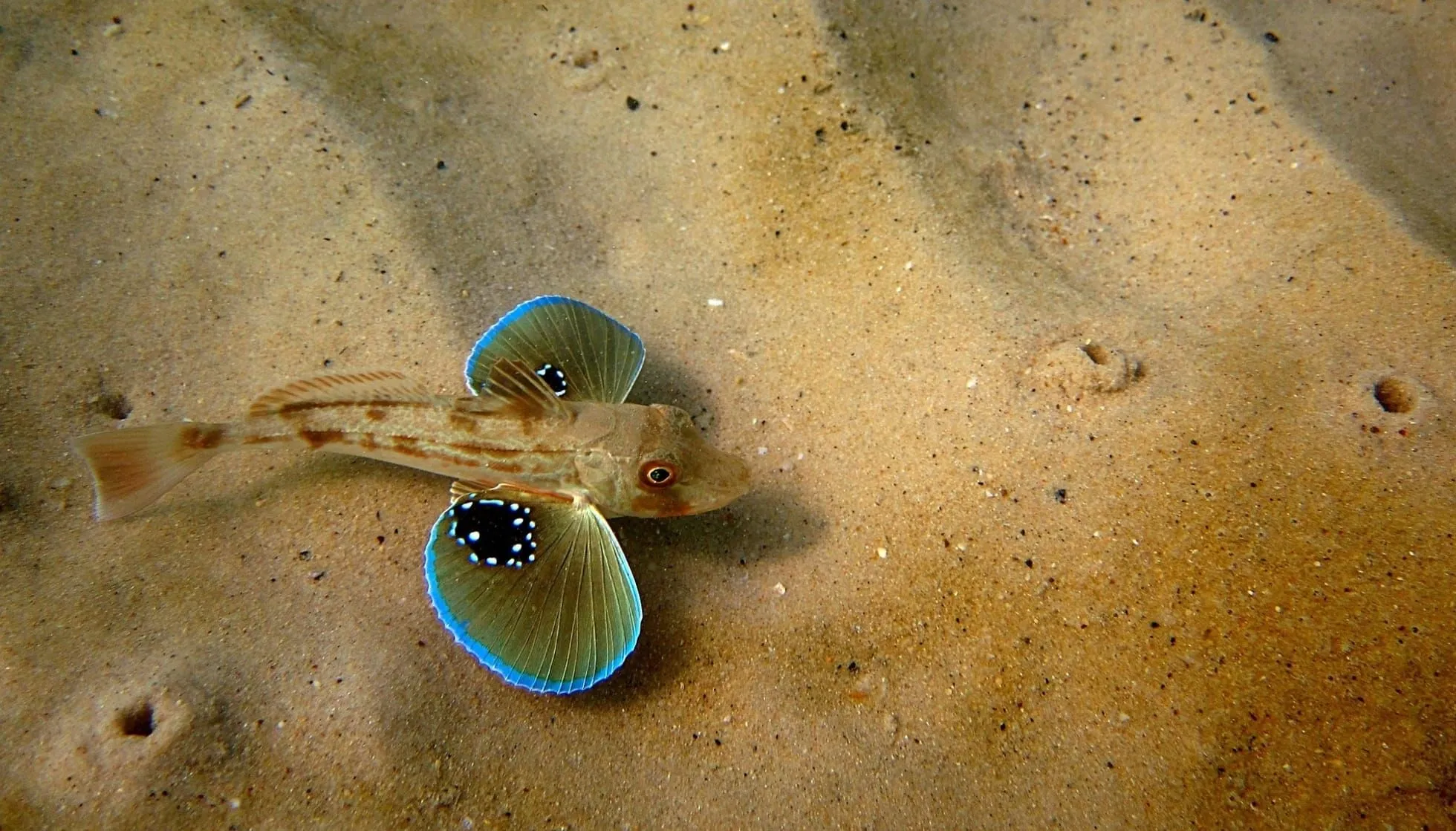
6. Gurnard
The gurnard, also known as the sea robin, has large pectoral fins which open and close while swimming, much like when a bird flies.
They are bottom dwellers, however, and don’t generally do a lot of swimming. They possess three flexible spines on each side of their body that were once part of their pectoral fins. These allow them to walk around on the seafloor, crawling like a crab, where they will explore and search for food.
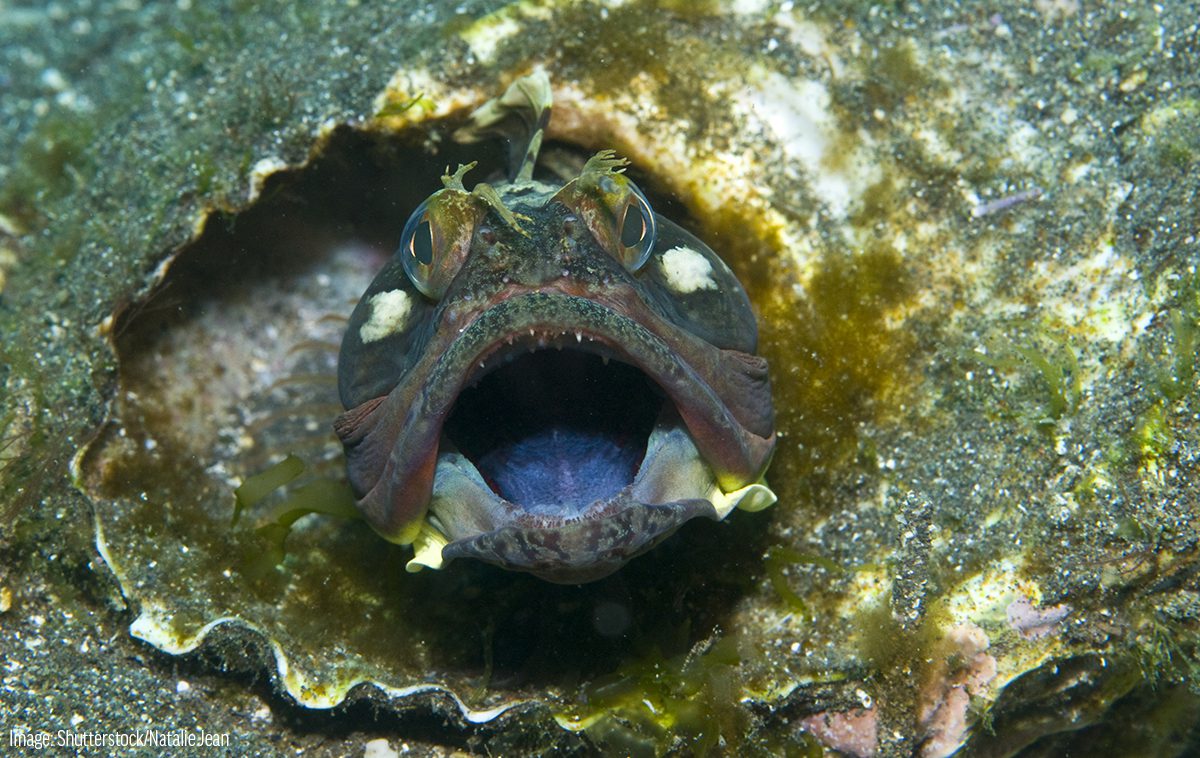
7. Sarcastic Fringehead
The sarcastic fringehead is known for its extremely large mouth and its aggressively territorial nature. They are a species of tube blenny and can be found hiding in shells and crevices at depths of 3 to 73 m (10 to 240 ft).
When two sarcastic fringeheads become territorial, they will wrestle each other by distending their mouths and pressing them together. This is how they determine which fish is larger and establish dominance. Their distended mouth can be up to four times larger than its closed size.
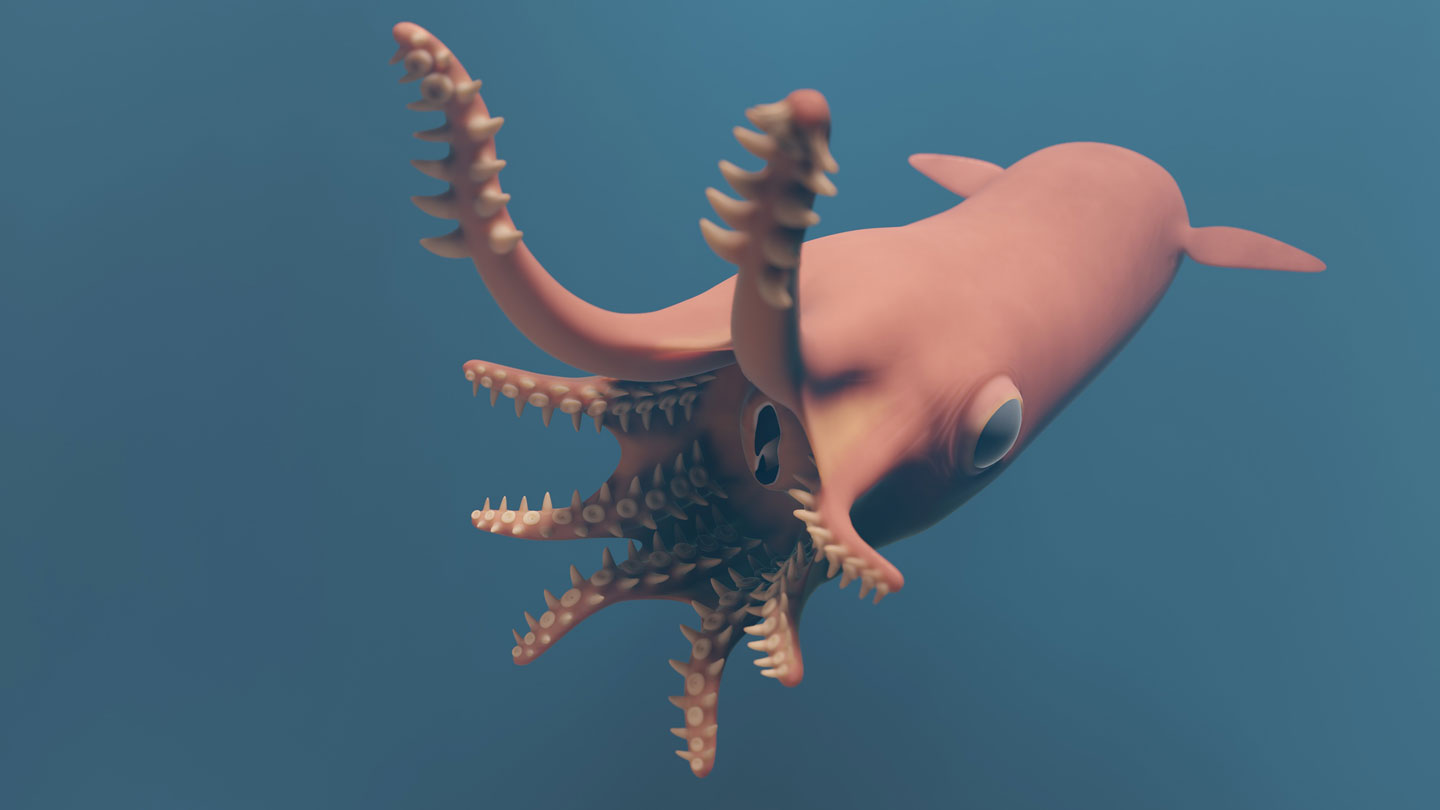
8. Vampire Squid
The vampire squid’s scientific name, Vampyroteuthis infernalis, translates to “vampire squid from hell.” They are found at extreme depths in temperate and tropical seas.
The vampire squid is not a true squid and exists in its very own Order, though it has similarities with both octopuses and squid. They reach a total length of just 30 cm (1 ft) but have the largest eye, in relation to their body, in the animal kingdom at 2.5 cm (1 inch) in diameter.
They have eight arms that are lined with spines, known as cirri, and are connected by cape-like webbing. The cirri are harmless but look threatening. When disturbed, the vampire squid can turn its cape inside out, wrapping its arms around itself and exposing the cirri to deter predators. This is known as “pineapple posture.”
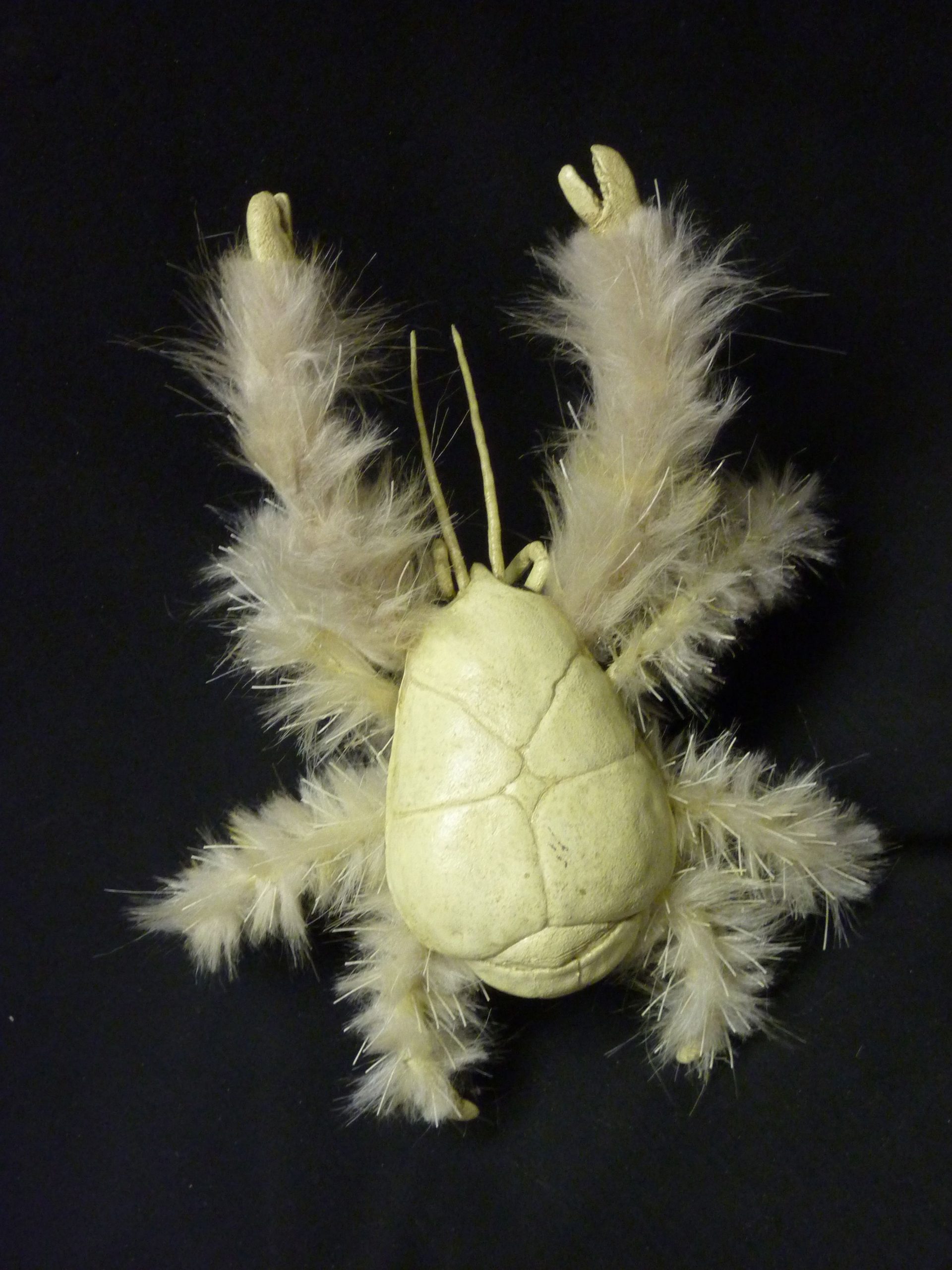
9. Yeti Crab
The yeti crab was only discovered in 2005. They live on hydro-thermal vents, which were once thought to be completely void of life due to the abundance of sulphide, a substance that is extremely toxic to almost all life on Earth.
The legs and claws of the yeti crab are covered in blond, fur-like setae. These hairy claws contain filamentous bacteria that detoxify the water around them, which is what allows the crab to live around hydrothermal vents. There is also some evidence that they also feed on bacteria to survive.
Conclusion
As you can see, things get pretty weird below the ocean’s surface. And these are just examples of the creatures that we know of. Every year, more and more new species are discovered, especially in deep seas where the strangest life dwells. What else could be down there that we don’t yet know of? Only time will tell.

